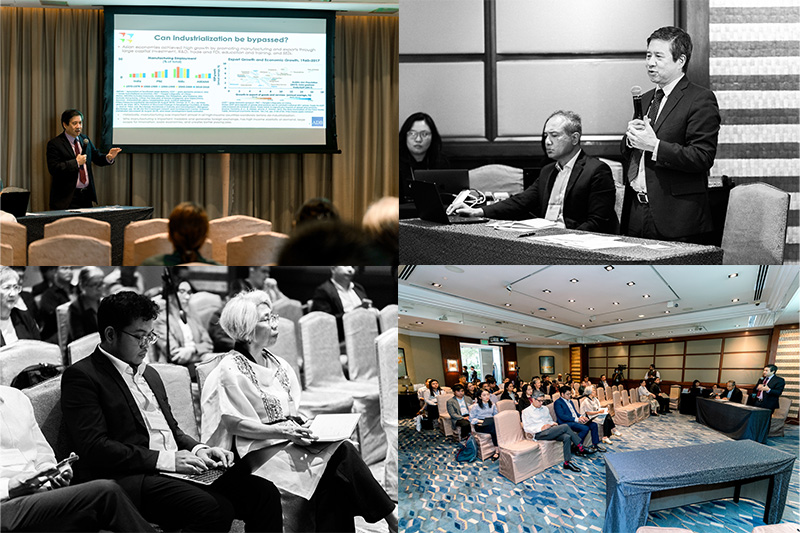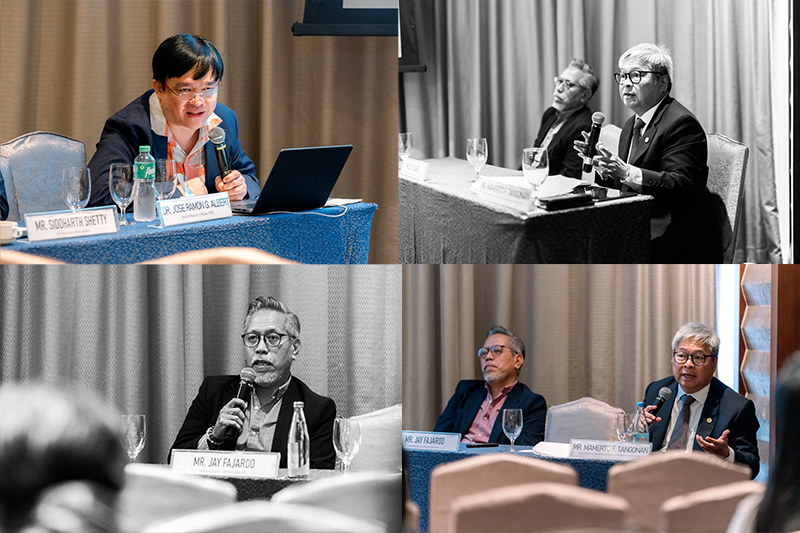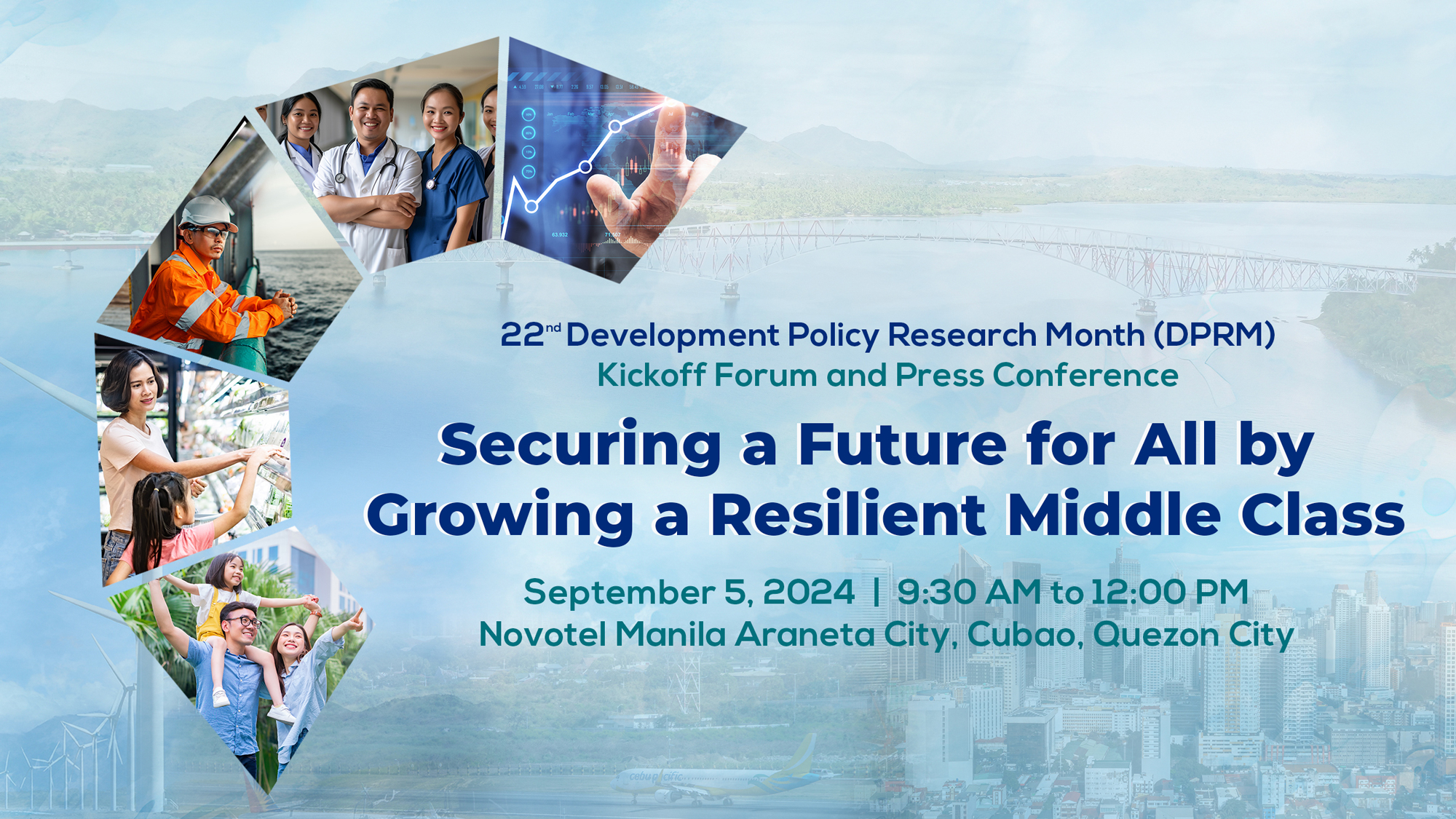The middle class should not be receiving assistance from the government's social amelioration program (SAP) amid the COVID-19 pandemic, according to Senator Cynthia Villar on Tuesday.
During a hybrid hearing of the Senate Committee of the Whole, Villar claimed that the 18 million target beneficiaries of the emergency subsidy represent 82% of the estimated 22 million Filipino families in the Philippines.
"Yung 18 million is 82%. Bakit bibigyan 'yung middle eh may trabaho sila, kahit lockdown nagsusweldo sila sa gobyerno kung employed by the government. Kung employed naman ng mga private, nagsusweldo rin sila kaya nga nahihirapan ang mga companies kasi they have to pay the salaries even if there is no business," Villar said.
"Hindi ko ma-accept ang figures na 'yun. Masyadong mataas. Nade-deprive ang mahihirap dahil binibigyan pati ang middle class," she added.
Villar was referring to the P200-billion two-month emergency subsidy program for the 18 million low-income families in the country that was indicated in the Bayanihan to Heal as One Act.
"Kasi kami libu-libo ang empleyado namin kahit hindi sila napasok, sinuswelduhan namin. Eh bakit sila pa ang bibigyan ng SAP? Eh may suweldo sila, mapalad sila may sweldo sila," said Villar, who is married to businessman Manny Villar, the Philippines' richest person with a net worth of $5.6 billion.
According to President Rodrigo Duterte's 8th report to Congress, a total of 16.9 million families have so far received over P96 billion from the first tranche of the cash aid.
Citing a study, Villar said only 59% of Filipino families are poor as she underscored that the poverty incidence in the country has dropped in recent years.
On the other hand, Acting Socioeconomic Planning Secretary Karl Kendrick Chua said that the 22 million families being cited by Villar is from 2015 data which had to be updated to meet the actual needs in the present.
"Of the 22 million families, around 15 million are deemed to be low-income or working in the informal sector. However, to be accurate we had to do a projection from 2015 to 2020. Otherwise, kulang kasi may population growth," Chua said.
"The 2020 estimates now [is] 24 million [families] of which 18 million are considered low-income, basically working in the informal sector, no work no pay. That is the basis for the 18 million," he added.
According to a 2018 study by the Philippine Institute for Development Studies (PIDS), 40% of the country's population belong to the middle-income class. In April, President Rodrigo Duterte approved a P51-billion wage subsidy program which has been branded by the government as an aid to the "middle class" employed by 1.6 million small businesses in the country. — BM, GMA News
During a hybrid hearing of the Senate Committee of the Whole, Villar claimed that the 18 million target beneficiaries of the emergency subsidy represent 82% of the estimated 22 million Filipino families in the Philippines.
"Yung 18 million is 82%. Bakit bibigyan 'yung middle eh may trabaho sila, kahit lockdown nagsusweldo sila sa gobyerno kung employed by the government. Kung employed naman ng mga private, nagsusweldo rin sila kaya nga nahihirapan ang mga companies kasi they have to pay the salaries even if there is no business," Villar said.
"Hindi ko ma-accept ang figures na 'yun. Masyadong mataas. Nade-deprive ang mahihirap dahil binibigyan pati ang middle class," she added.
Villar was referring to the P200-billion two-month emergency subsidy program for the 18 million low-income families in the country that was indicated in the Bayanihan to Heal as One Act.
"Kasi kami libu-libo ang empleyado namin kahit hindi sila napasok, sinuswelduhan namin. Eh bakit sila pa ang bibigyan ng SAP? Eh may suweldo sila, mapalad sila may sweldo sila," said Villar, who is married to businessman Manny Villar, the Philippines' richest person with a net worth of $5.6 billion.
According to President Rodrigo Duterte's 8th report to Congress, a total of 16.9 million families have so far received over P96 billion from the first tranche of the cash aid.
Citing a study, Villar said only 59% of Filipino families are poor as she underscored that the poverty incidence in the country has dropped in recent years.
On the other hand, Acting Socioeconomic Planning Secretary Karl Kendrick Chua said that the 22 million families being cited by Villar is from 2015 data which had to be updated to meet the actual needs in the present.
"Of the 22 million families, around 15 million are deemed to be low-income or working in the informal sector. However, to be accurate we had to do a projection from 2015 to 2020. Otherwise, kulang kasi may population growth," Chua said.
"The 2020 estimates now [is] 24 million [families] of which 18 million are considered low-income, basically working in the informal sector, no work no pay. That is the basis for the 18 million," he added.
According to a 2018 study by the Philippine Institute for Development Studies (PIDS), 40% of the country's population belong to the middle-income class. In April, President Rodrigo Duterte approved a P51-billion wage subsidy program which has been branded by the government as an aid to the "middle class" employed by 1.6 million small businesses in the country. — BM, GMA News












